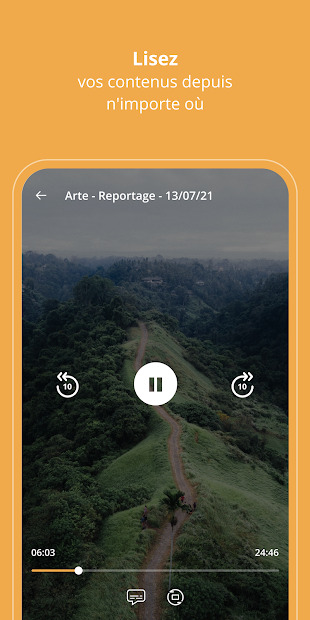
The following commands can be invoked from the root directory of the repositoring with no further installation. The use of Gradle wrapper significantly simplifies the build from the command line.
#Mucommander zoom code
By importing the main project that is located at the root directory of the repository you will get all the required code in the IDE. Most of the popular IDEs today allow you to import Gradle projects out-of-the-box or via an IDE plugin. Enter this command at the D: drive - WindowsMinionInstall.bat new-machine-name. In the command prompt window enter D: to switch to the D: drive which should be the USB flash drive. The code repository of muCommander is comprised of a main project that contains its core functionality and several sub-projects. This is usually done be pressing the function Fn + F10 keys -or- Fn + F10 + Shift keys, simultaneously. Code EditingĪfter cloning the source code repository from GitHub, you would probably want to import the project to an Integrated Development Environment (IDE) such as Eclipse or IntelliJ. Within pull requests it is possible to review, discuss and improve the changes until they are ready for production. If you would like to contribute code, it is required to fork the repository and submit a pull request.

If you want to get involved in muCommander or have any question or issue to discuss, you are more than welcome to join our rooms on Gitter. If you happen to speak a language that muCommander is not available in or able to improve existing tranlations, you can help translate the interface using the zanata platform.See the next section for tips for developing muCommander.

#Mucommander zoom install
One useful feature here is the "Change Permissions" options that lets you set the Read, Write and Executable permission for each file and folder on a per-user or group basis.Īshwin, thank you very much for the positive review!Īs from version 0.9.4, muCommander is shipped with the Java 11’s JRE bundled for macOS and Windows (for Windows, there’s also an unbundled installation) so users don’t have to install Java. Working with a bunch of files or folders? Use the mark and unmark options, there are mark all and unmark all menu items too. You can also use the menu to copy files, or just the file names, base names or the path of the files. Right-clicking inside the interface brings up a context menu that's used for opening files in their default handler, or load the location in Explorer. Drag and drop a column to rearrange the order.

These can be toggled from the View menu's Show/Hide Columns.
#Mucommander zoom how to
dmg file for basic instructions on how to setup and use muCommander - Quantum Edition.

When installation is complete, refer to the document included in the. There are five columns displayed in the interface: Extensions (which is the icon column on the left edge), file name, size, Date, Permissions. muCommander - Quantum Edition User’s Guide 6-68120-05 Rev A August 2017 4 Install muCommander - Quantum Edition. An address bar is available at the top of each pane, to the left of which is a drive switcher menu button. There is an optional tree view that can be enabled as well. Not a fan of the dual-pane view? Switch to the single pane mode. You can switch to a horizontal view from the Window menu. muCommander has a two-pane interface, obviously. But it's the features that are important.


 0 kommentar(er)
0 kommentar(er)
